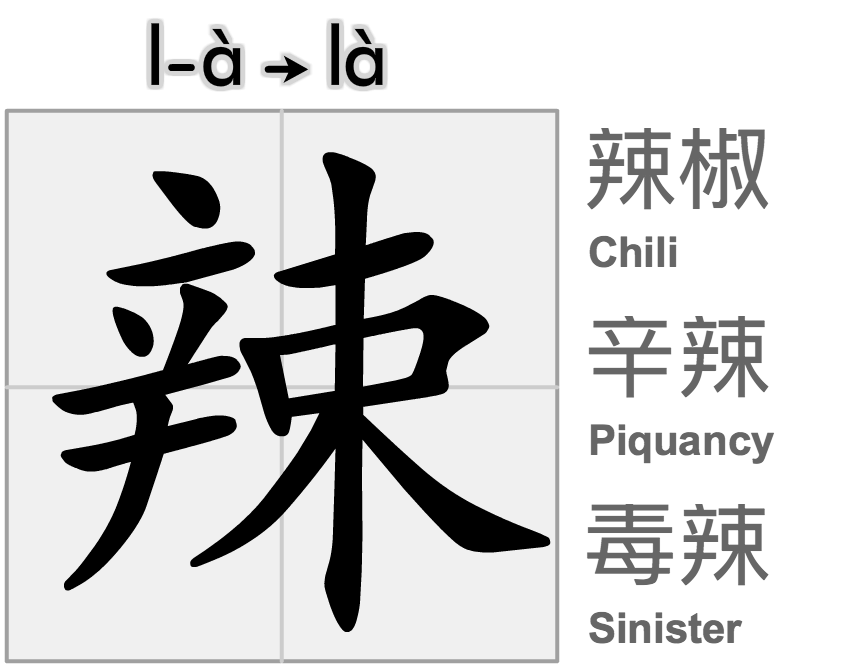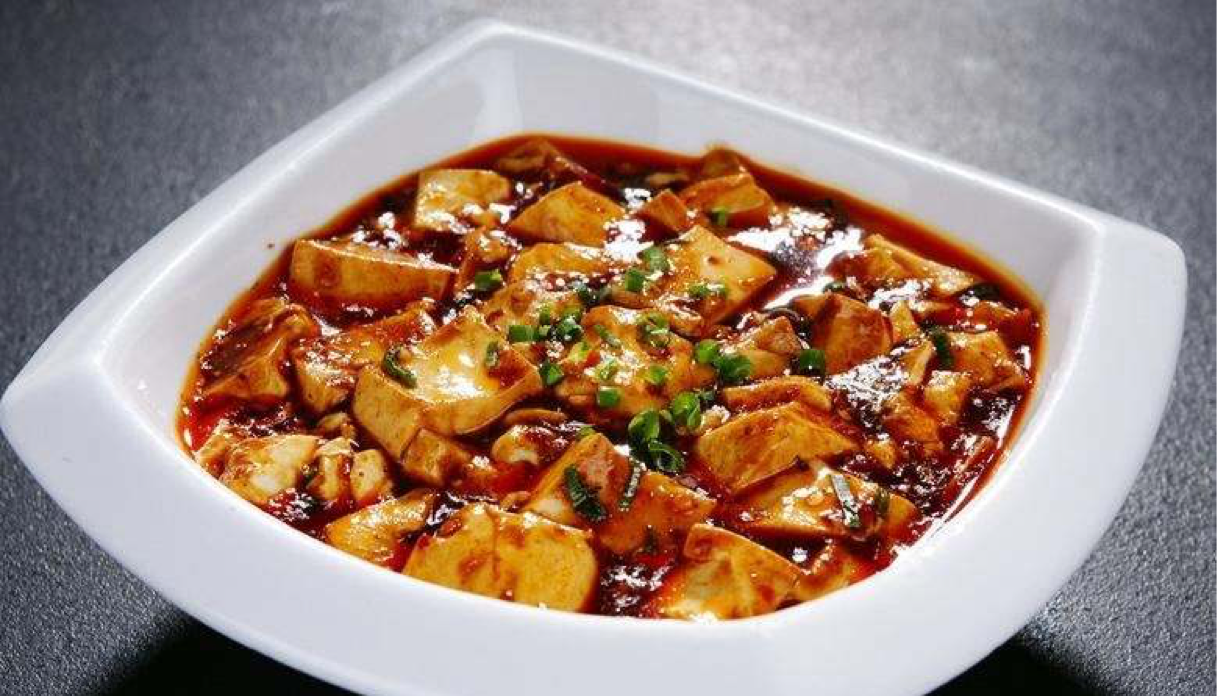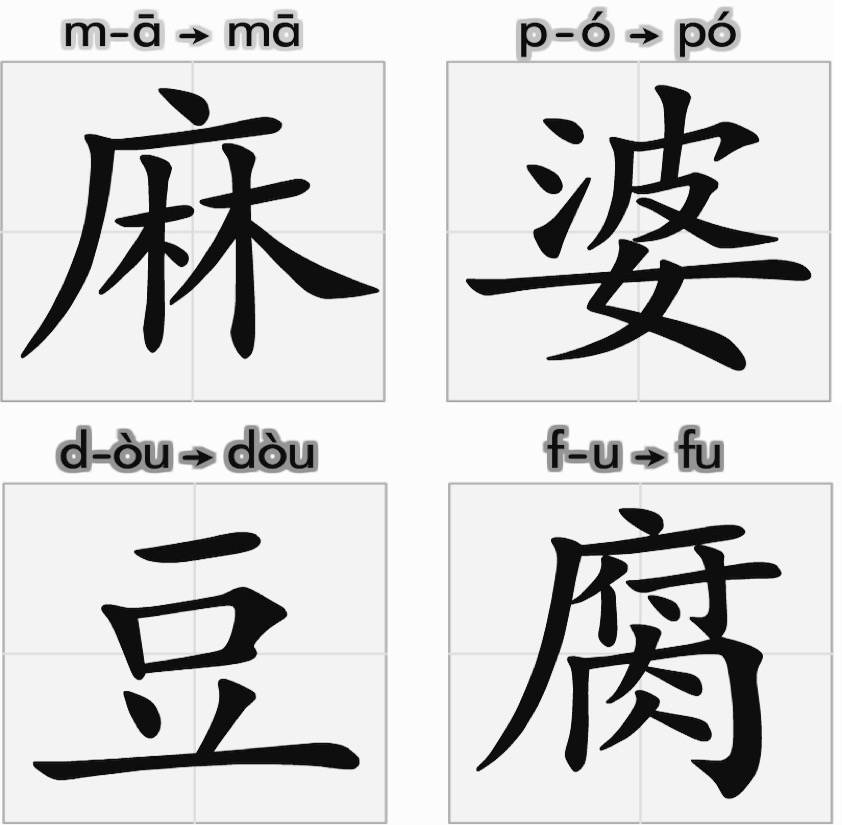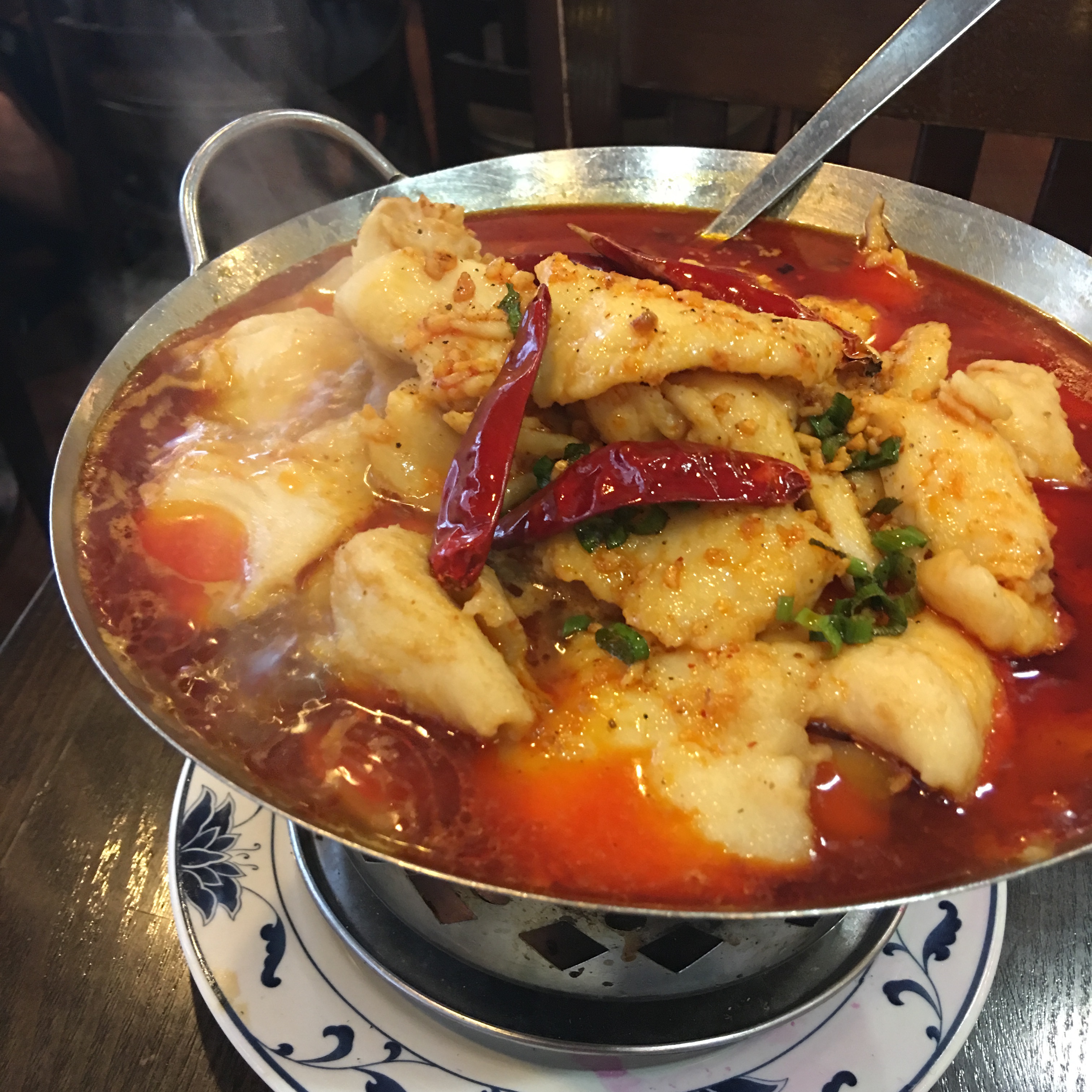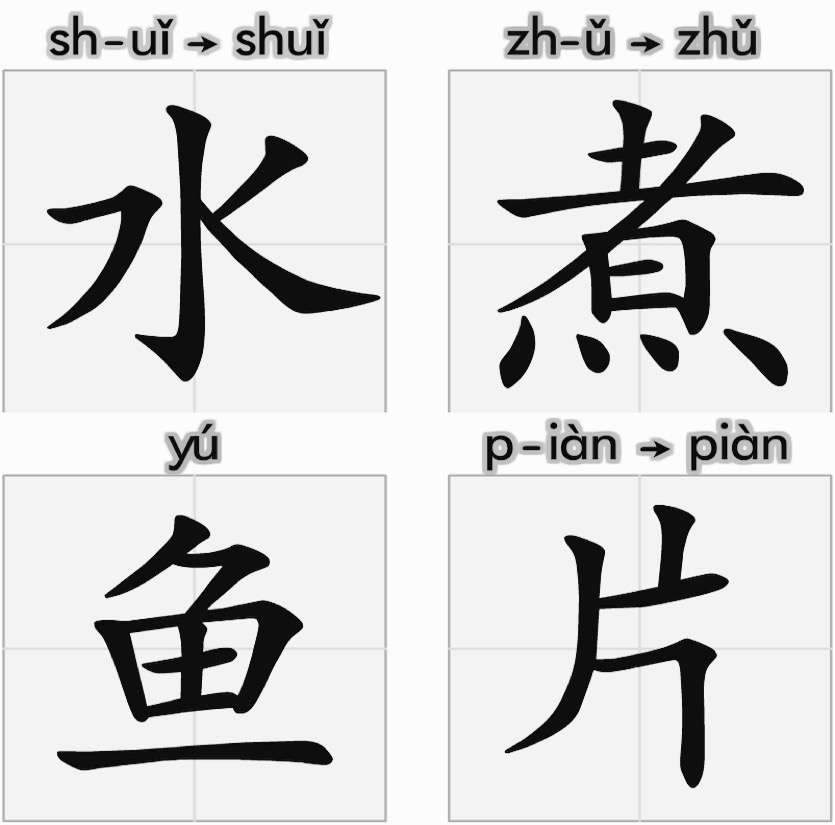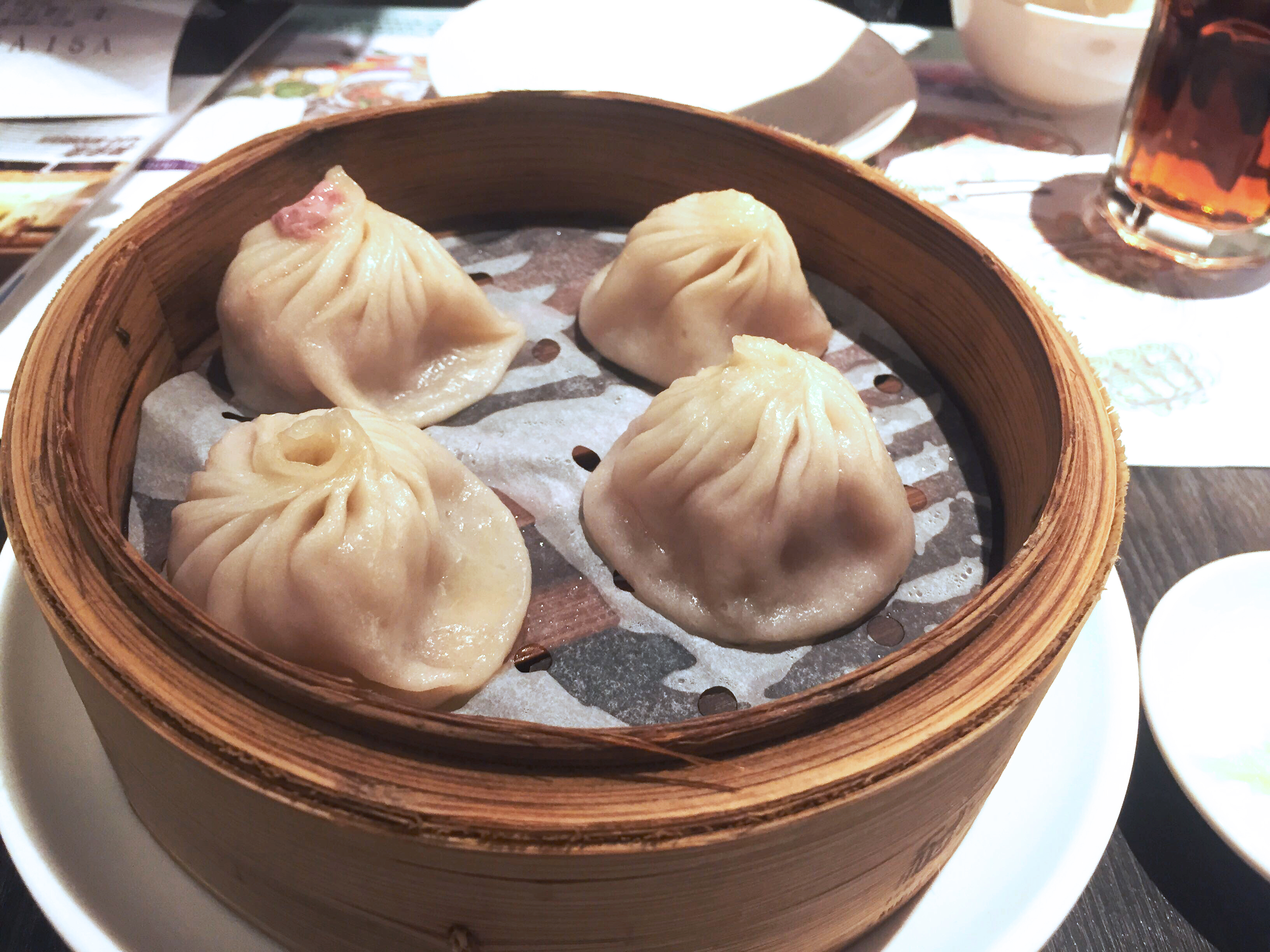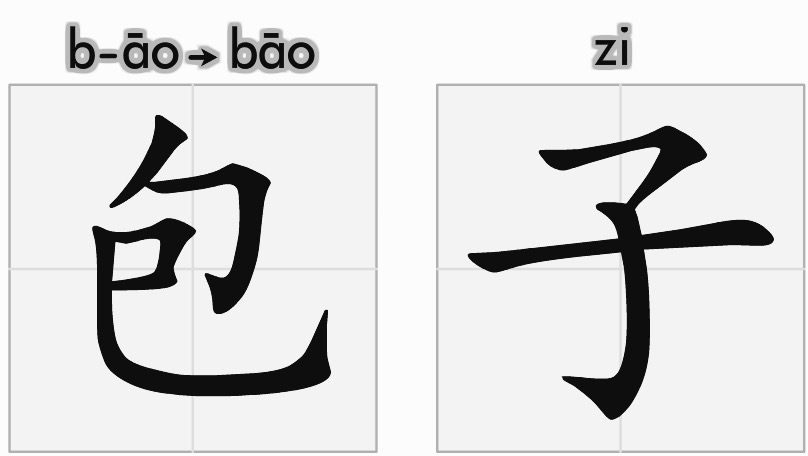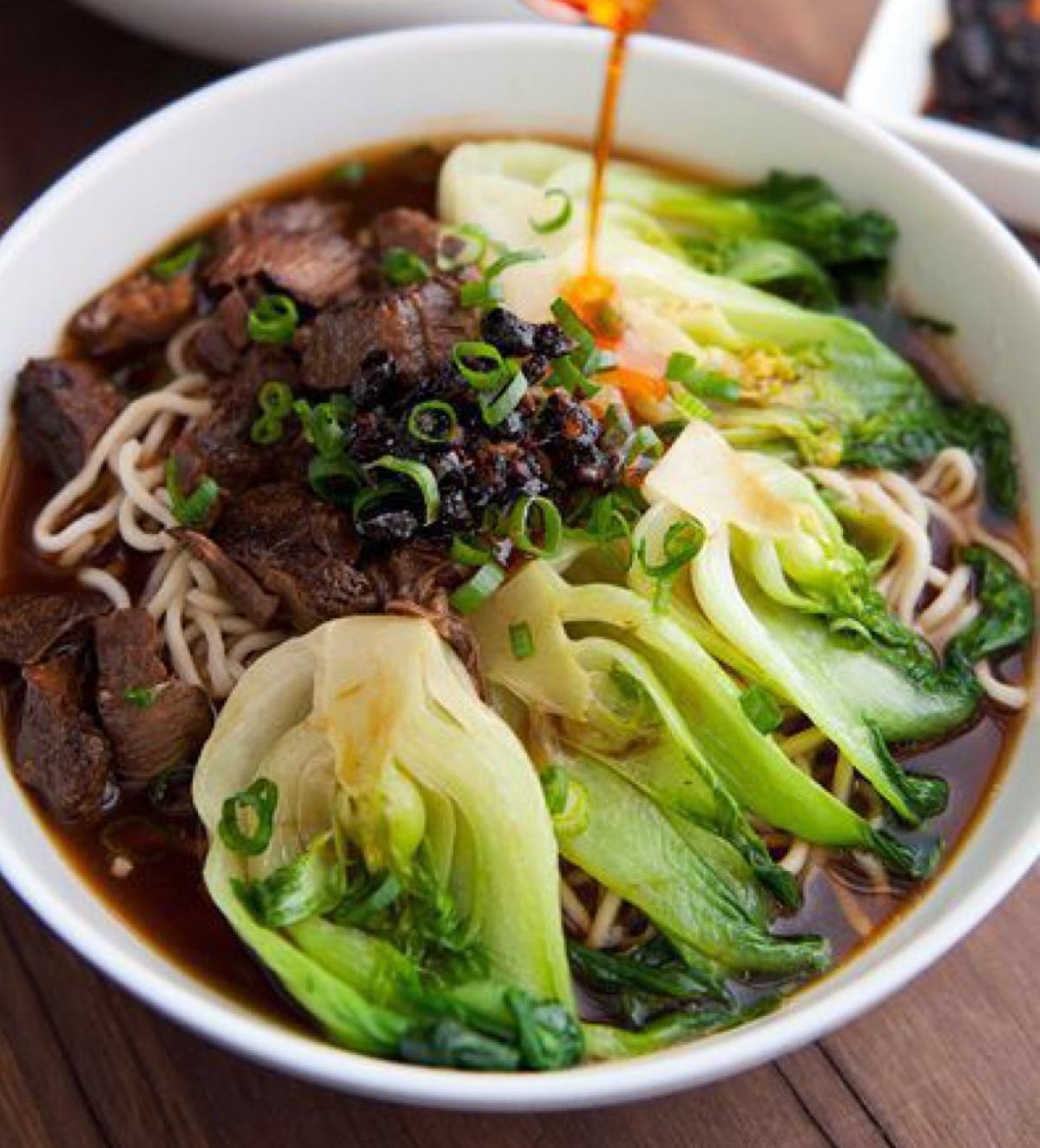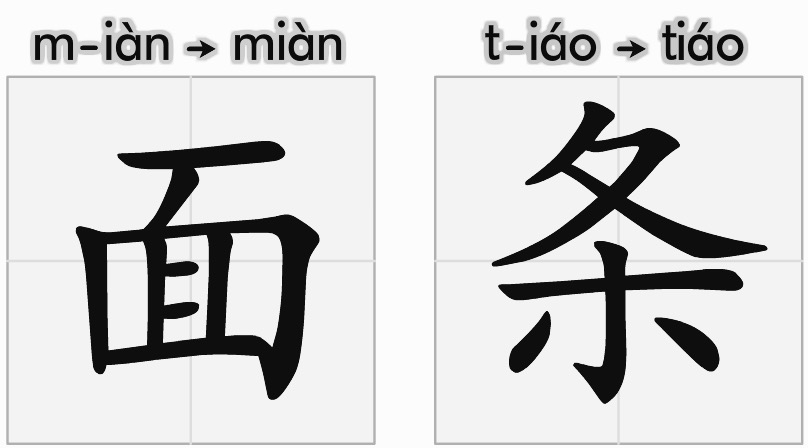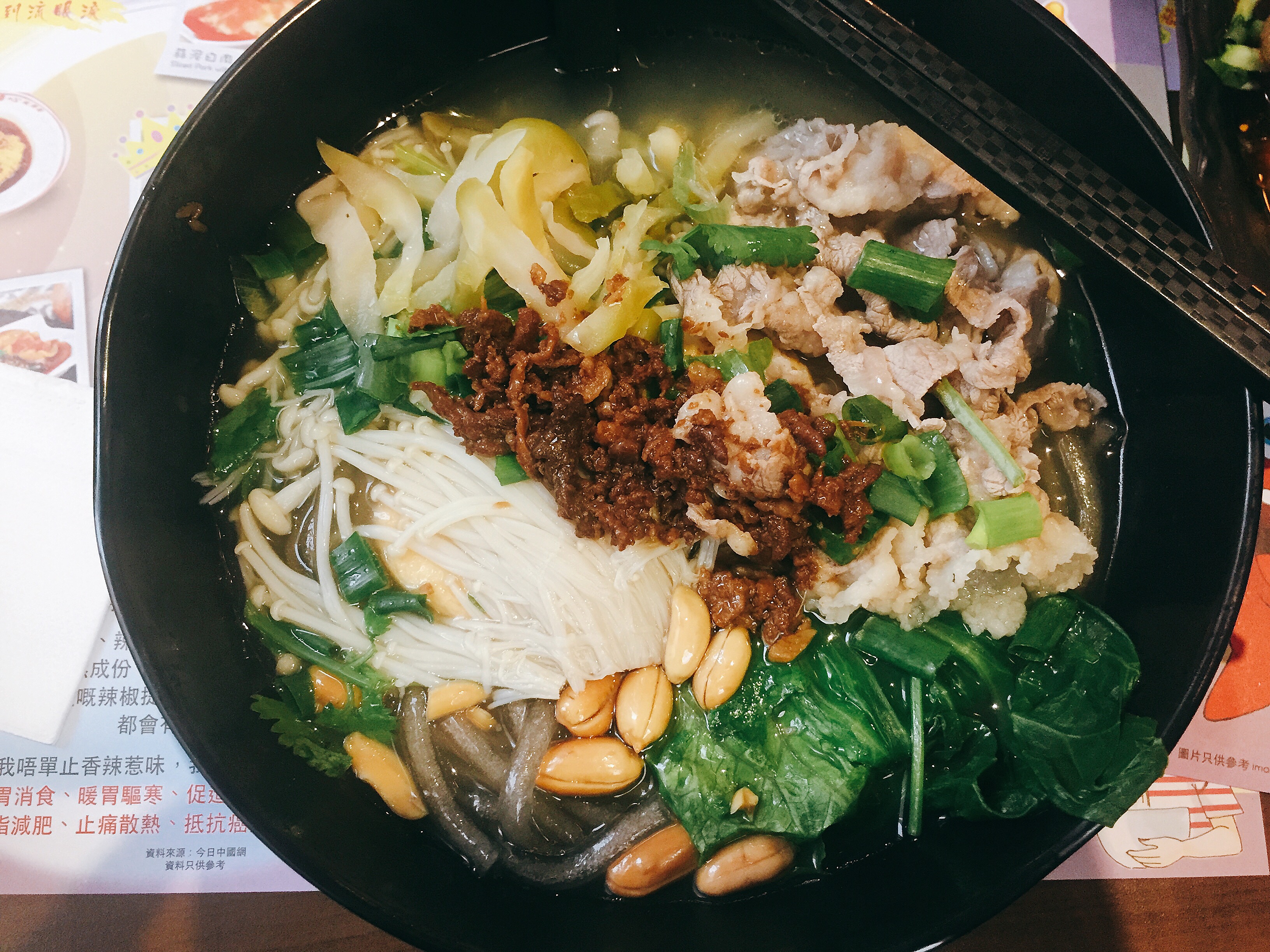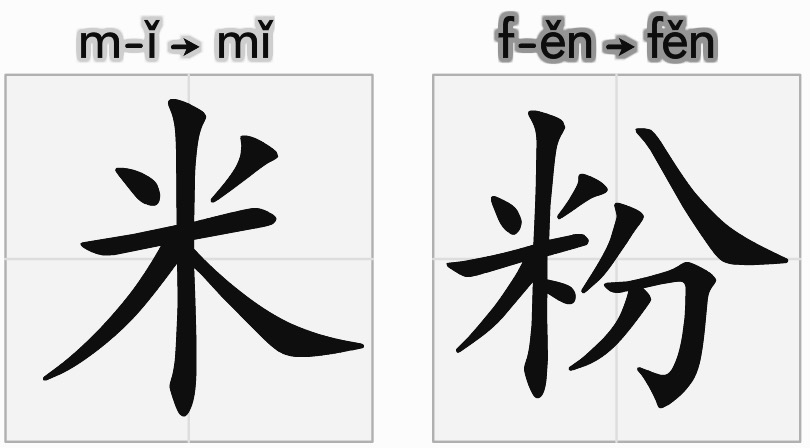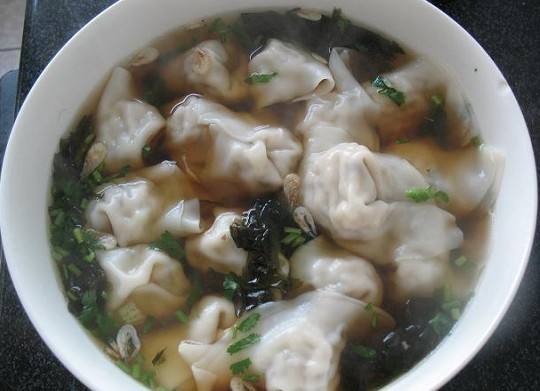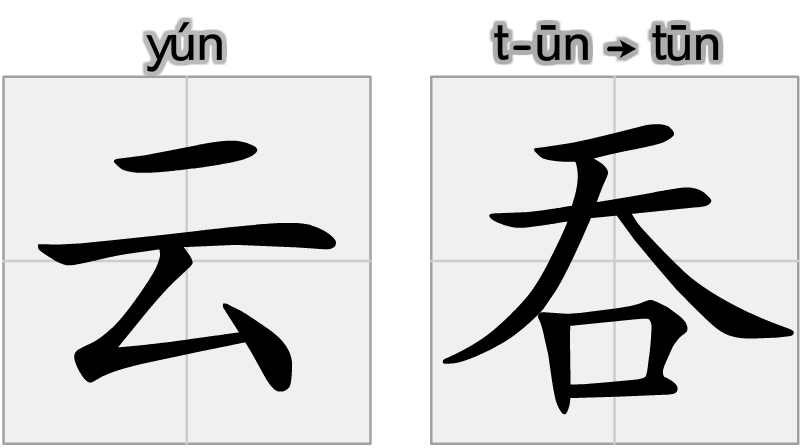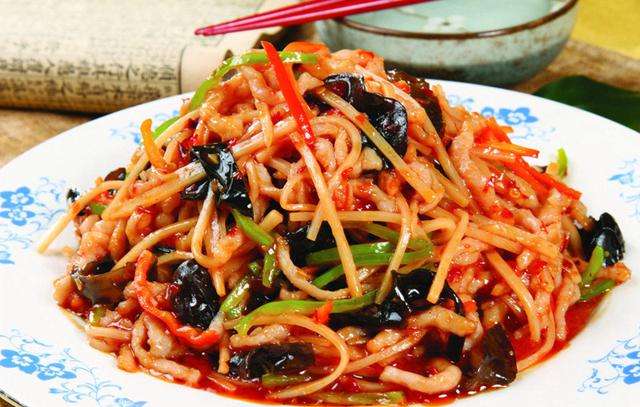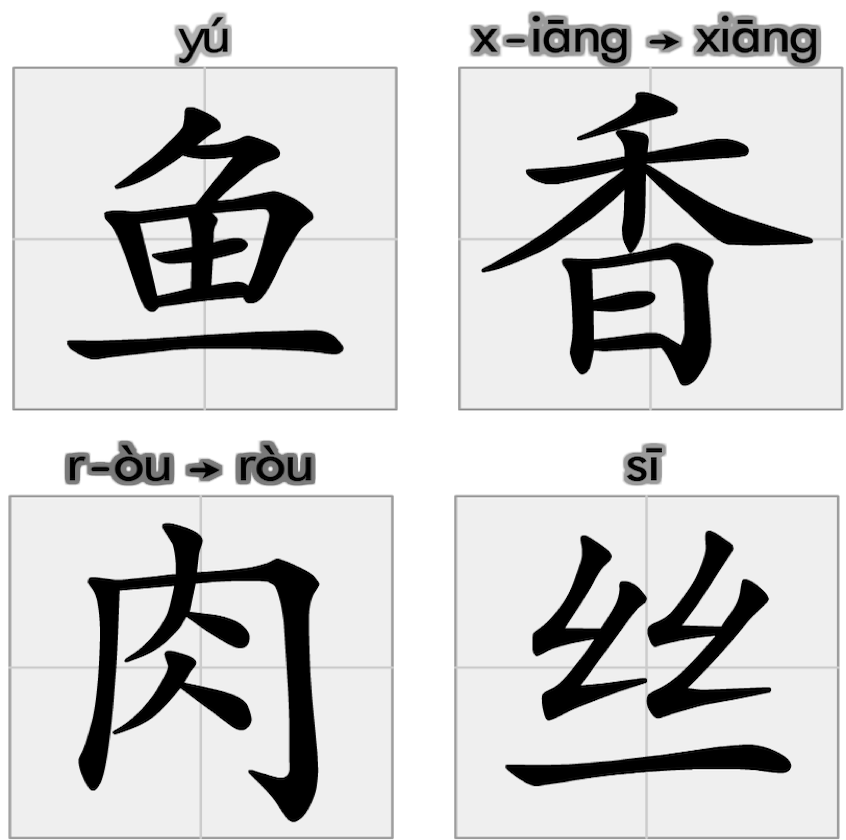Mapo Todu
Taste: spicy
MaPo Tofu is one of the most representative ( international ??) dishes in Sichuan cuisine, even popular at South Korea and Japan. The MaPo Tofu uses brownish red ground beef and chopped green onion as the toppings, pepper pounder and douban (fermented broad bean and chili paste) and douchi (fermented black beans) as sauces, to make a hot but delicious tofu dish.
In Chinese, "Ma" means pockmarks, and "Po" means an old woman or grandma. The name of this dish comes from a folk tale that an old woman who had pockmarks on face and lived in a village of Sichuan province invented this cuisine. Since this dish has become widespread all over the country, local people have adjusted the level of hot according to their preference. Therefore, sometimes you can also find the MaPo Tofu not as hot as you would thing think.
